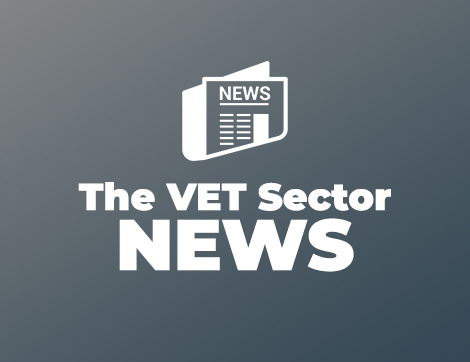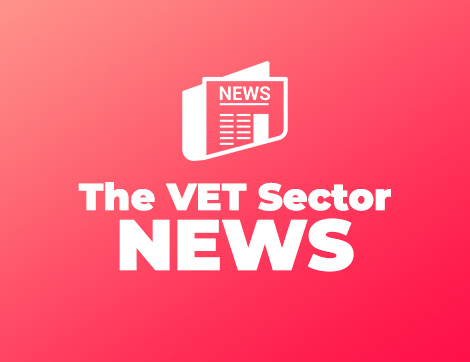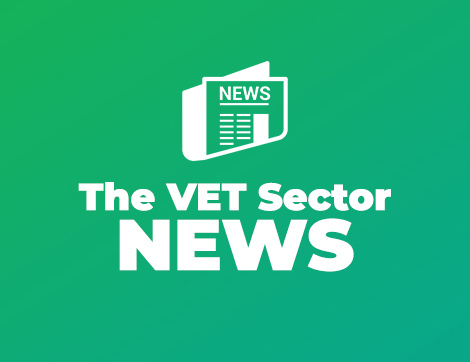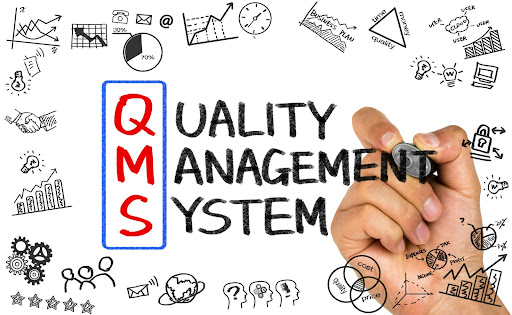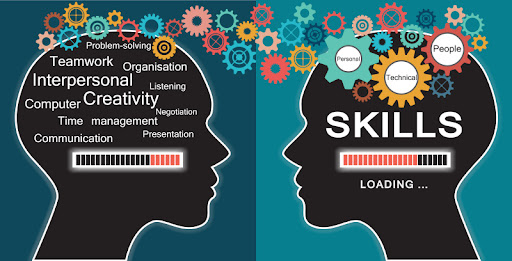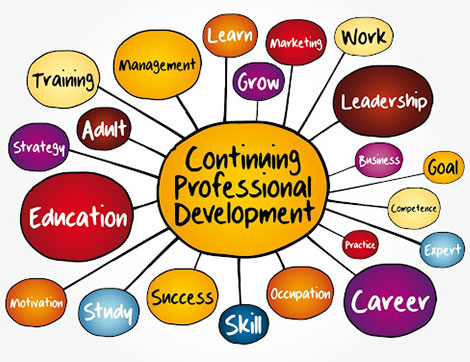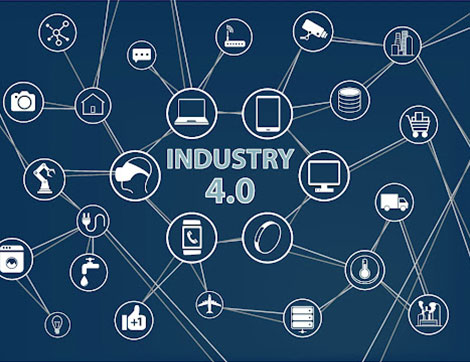World University Rankings 2022
The Times Higher Education World University Rankings 2022 include more than 1,600 universities across 99 countries and territories, making them the largest and most diverse university rankings to date.
The table is based on 13 carefully calibrated performance indicators that measure an institution’s performance across four areas: teaching, research, knowledge transfer and international outlook.
For more information, please click here.
What new gov’t in Australia means for int’l education
Industry leaders and experts are looking forward to working with the new government in Australia to usher in a recovery for the international education sectors in the country. Last week, Universities Australia, Independent Tertiary Education Council Australia and Independent Higher Education Australia welcomed Jason Clare on his appointment as minister for education.
Along with addressing the skills shortages for degree-educated workers, conducting Australia’s research and helping to tackle the challenge of climate and energy transition, universities can “find ways to navigate through a challenging geopolitical landscape and the sensitivities in our region”, chief executive Catriona Jackson reminded.
ITECA added that new minister for Skills and Training Brendan O’Connor can “look to the nation’s independent skills training sector with confidence as it leads on several key measures of employer and student satisfaction”.
“We look forward to working with Ministers O’Connor and Clare as we look towards a more integrated tertiary education system, one in which the skills training and higher education sector operate as one yet retain their separate strengths and identities,” Troy Williams, ITECA chief executive, noted.
For more information, please click here.
Young workers wired in to become most in-demand tradies in Australia
Electricians are among the most in-demand tradespeople in Australia, according to the National Electrical Contractors Association (NECA). And employers find it difficult to attract suitably qualified and experienced tradespeople.
With growth projected in the construction and infrastructure sectors and a strong uptake in renewable energy, the skills shortages only look likely to worsen.
For more information, please click here.
UK losing ground on international PhD student recruitment
The UK is losing ground to Germany, Canada and Australia in attracting international doctoral students despite its success in recruiting Chinese postgraduates, a new study says.
While the UK remains the biggest destination for PhD students outside the US, the overall number of international doctoral candidates has fallen by 5 per cent, or about 2,400 students, since 2016 to 48,579 in 2019, according to a Universities UK report published on 9 June.
The number of European Union-based doctoral students has fallen even more sharply, with EU entrant numbers in 2020-21 – 3,320 – down 22 per cent compared with 2013.
Meanwhile, international doctoral numbers rose in Germany and Canada by 63 per cent and 34 per cent – to around 30,000 and 18,000 in 2019 – respectively compared with 2013. Over the same period, the UK’s numbers rose by just 2.7 per cent.
Those trends saw the UK’s market share of international doctoral numbers fall from about 21 per cent to 19 per cent between 2013 and 2019, despite significant growth from China, from where entrant numbers have increased by 22 per cent since 2017-18, standing at about 3,800 in 2020-21.
For more information, please click here.
Australian PM under pressure to increase migrant intake to address dire worker shortage
New Australian Prime Minister Anthony Albanese is under pressure to lift the nation’s migration intake cap due to a dire shortage of workers that is forcing some businesses to restrict hours and services.
Before the pandemic, Australia easily filled its annual quota, which has been set at about 160,000 permanent migrants a year since 2017.
But Australia’s strict international border closures from 2020 until earlier this year disrupted flows of skilled migrants as well as short-term arrivals such as international students and working holidaymakers.
As a result, Australia has experienced a sharp drop in its number of foreign workers, just as its economy has been surging and labour demands are at record highs.
The Australian Bureau of Statistics (ABS) revealed on Wednesday (June 8) that there were about 420,000 vacant jobs across the country, accounting for 2.8 per cent of all jobs – the highest level on record.
Unemployment is currently at 3.9 per cent, the lowest rate since 1974.
For more information, please click here.
Australian visa backlog keeping engineers out of country amid skills shortage
The engineering job vacancy rate has increased 97% in 12 months, something the main industry body, Engineers Australia, fears could have a “catastrophic” impact, including by delaying major infrastructure projects relied upon for the nation’s economic recovery.
The wait times for the 476 visa – designed for recent engineering graduates who want to live, work or study in Australia for up to 18 months – has blown out to a staggering 41 months since 2018.
For more information, please click here.
Aus: $110m student housing opens in Adelaide
The building, which can accommodate 725 students, is one of Adelaide’s tallest at 118 metres and features study spaces, outdoor terraces, a gym, cinema, communal kitchens and lounges.
Yugo, a global student housing operator that launched last year in a merger of three of GSA’s brands, is managing the accommodation.
The company says it has seen “positive interest” in Yugo Adelaide City, with 90% of students arriving from international locations.
For more information, please click here.
Swinburne climbs 25 places to Top 300 globally
Swinburne University of Technology has climbed 25 places to number 296 in the QS University World Rankings 2023, claiming a coveted Top 300 spot.
The latest rankings success follows a period of significant growth and achievement for Swinburne, with the university rising more than 200 places in the QS rankings since 2015.
The result confirms Swinburne’s place in the Top 1% of universities globally in both the QS rankings and the latest Academic Ranking of World Universities (ARWU).
Swinburne’s Deputy Vice-Chancellor (Research), Professor Karen Hapgood said, “Swinburne is a young university with a long history and we are proud to be building a prototype of a new and different university.
For more information, please click here.
Australia has second-worst skills crisis in developed world
Australia is experiencing the second most severe labour shortages in the developed world, according to the latest OECD economic outlook, reinforcing calls for immediate government action to fix the skills crisis.
A record almost 3 per cent of all jobs were vacant in the March quarter, with 420,000 out of about 15 million positions waiting to be filled, according to data released by Australian Bureau of Statistics on Wednesday.
For more information, please click here.
Make research integrity training mandatory, say 73% of Australian researchers
The results of the first national survey to investigate research integrity in Australia, a collaboration between the Australian Academy of Science and publisher Springer Nature, indicate broad support for mandatory research integrity training. The survey found that whilst 68% of respondents stated that their institution offered research integrity related training and 50% stated it was mandatory, 73% felt that such training should be mandatory for all those holding a research position.
Key findings from the survey include:
- When asked to describe Research Integrity, including practices related to it, 86% of the responses focused on positive research traits, the most popular being ethical, honest and transparent. Under 10% of responses made statements related to research misconduct.
- 68% of respondents indicated that their institution provided training on research integrity, with 88% of institutional management responding in the affirmative, as compared to 72% of senior researchers, 69% of mid-level researchers and 65% of early-career researchers.
- Current training has a greater focus on policy and guidance than practical skills, yet eight of the top ten subjects that respondents felt would be most beneficial related to practical data-related topics such as data storage and management.
- A quarter of those surveyed felt that there was a research integrity problem in their field, but this concern was disproportionately distributed, with many more researchers from the life sciences indicating concern than those from the physical sciences.
For more information, please click here.


